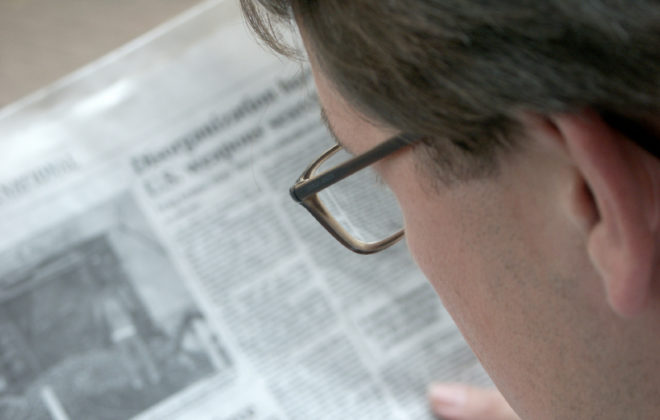Why We Believe Our Healthcare Technologists Should Be Customer-Focused
Did you know that by 2020, customer experience will overtake price as well as the product as the key differentiator? What’s more, is that 86% of consumers are willing to shell out more money for a product or service in exchange for better customer experiences. As the market evolves to become more and more customer-centric, it’s important to address this aspect of any business, especially within the framework of healthcare. While we possess the know-how and skill set to build state-of-the-art solutions in mobility, cloud, The Total Healthcare Information Systems, and Smart Hospitals, we are conscious of the fact that if these technologies are not user-friendly, it is of no use – especially because it is the healthcare providers who are the ultimate users of these technologies.
It’s quite clear that there’s a lot for everyone to gain from customer-focused technology, and at HATI International, we firmly believe that our technologists should all work at developing technologies with the customer experience at heart. Here are a few reasons that drive us to keep customer centricity at our core.
Healthcare providers may not be as tech-savvy as healthcare technicians
We understand that most healthcare providers such as doctors, nurses and lab technicians are well versed with the science of medicine and medical technology, but it is unfair to expect them to be completely comfortable with information technology since that is not their area of expertise. There is no point in developing the best technologies if they are not user-friendly. In the hospital, healthcare providers use technology to save time, for precision, and even to save lives, so we understand that we need to focus on developing solutions that are easy to use for the healthcare providers.
The dwindling doctor-patient ratio
According to the World Health Organization, there are around 15 million doctors worldwide, which means that there is a shortage of 4.3 million, that’s clearly a bad number that needs to be addressed. The only solution right now is to somehow allow for doctors to see more patients. That’s where technology comes in. Telemedicine and mobility solutions make it easier for healthcare providers to make the best use of their time. Considering time is already of the essence, our technicians diligently keep this in mind so that the technology they develop is easy to use and actually helps in saving time. Complex technology which is not easy to operate defeats the whole purpose of using technology in the first place.
Inclusivity with respect to tech expertise
Not everyone is tech-savvy, and while doctors are familiar with a lot of healthcare-related machines and technologies, not all of the staff may be well-versed, especially with new and emerging smart technologies. At HATI International, our technologists are sensitized to this so that they develop solutions that anyone can use, whether it’s a nurse or a lab technician or a doctor, each and every healthcare provider must find it easy to navigate. This also helps in case of an emergency where time is of essence and technology should help in reducing the time required to deliver immediate care.
Time is always of the essence, so training isn’t an option
Training is one of the hot topics across most fields, and we can understand why. When companies take the time to train their workforce, they experience better outcomes in terms of productivity and profits. However, it’s far from the same in the healthcare space. Considering the doctor to patient ratio, and the fact that a lot of hospitals around the world are understaffed and operating at full capacity, there is no time for lengthy training sessions at hospitals. The worst-case scenario of losing a few working days is dire in the healthcare industry because you are dealing with lives. Take a second to think about the most complex technology you have ever handled, whether it’s a high-power blender in the kitchen or an IoT device in a smart home. Would you be able to operate these gadgets without reading a user manual? If your answer is yes, then the technology is user-friendly enough to be universally understood. Although gadgets and technology within healthcare are far more complex than a blender or a remote, for people within the industry, we do have the aptitude to create technology applications that require marginal training to use.
The role of technology in customer engagement
This part is very simple to understand. If you present your customer with the means to save time and resources, all while solving a problem, then you have succeeded in engaging your customer, and it is only natural for a customer to want to avail your services again after a positive experience. Customer must always be at the heart of our technology – this is something which is deeply ingrained in the minds of our technicians.
While research by Forrester says that only 37% of leaders have a dedicated budget for customer experience improvement initiatives, we are proud to share that not only our leadership but everyone within the organization acknowledges the importance of customer-focus and customer-centricity. We believe that building customer-focused technology is the key to making an actual difference in the lives of patients, which is what we strive for at the end of the day!




